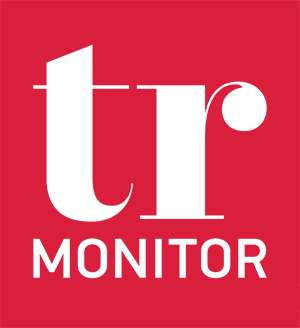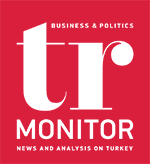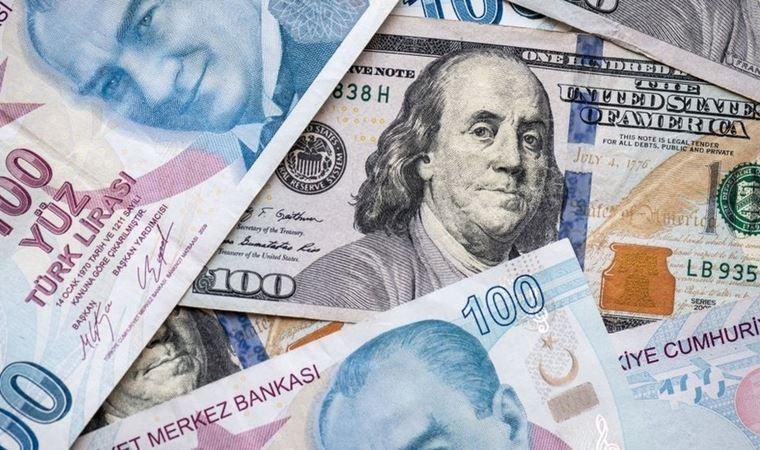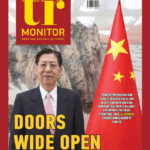BY FATIH OZATAY
There is now research that shows that banks don’t want to open credit at real interest rates (IRs) which exceed the inflation-adjusted (real) threshold loan interest rate (IR). Therefore, banks won’t meet the loan demand at those IRs, stating that they will implement credit rationing. Credit rationing is when lenders limit the supply of additional credit to borrowers who demand funds at a set quoted rate by a financial institution. This isn’t new.
In 1981, Nobel economist Joseph Stiglitz wrote an article on the matter. He said that loan supply sharply declines before it increases to a certain threshold IR value when the real loan IR rises. Those who demand loans at those high real IRs don’t have the power to or intention of paying their debts. Reputable companies withdraw from the market and leave behind those willing to take loans to initiate projects at higher risk.
Nowadays, many companies can’t access loans in Turkey. Complaints by these companies indicate that credit rationing has begun. However, the main reason behind this isn’t the very high real loan IR. On the contrary, the Central Bank (CB) has implemented a series of measures paving the way for loan IRs to remain below inflation. It’s obvious that there are other, hidden reasons justifying credit rationing at such low IRs. Why, then, is there credit rationing?
The problem isn’t the high cost of deposits and Central Bank (CB) funds for banks. On the contrary, the policy rate and the deposit IR are below the loan IR considered appropriate by the CB. The problem is our high risk level. It’s obvious that the current conditions are unsustainable: High inflation, high risk, FX (foreign exchange) rates with a tendency to increase despite counteraction, low domestic borrowing IR, and external borrowing IR at ‘loan shark levels.’ This isn’t a sustainable combination. This all means that banks expect companies to face critical issues in the near future, which will mean they have trouble paying their debts. Therefore, banks limit the loan supply.
Now, our banks feign reluctance to open credit lines, instead implementing credit rationing while the loan IR is below inflation and one can fund loans at even lower IRs. To look on the bright side, our young economists now have the chance to do groundbreaking research and publish academic articles. It’s a unique opportunity to make new contributions to credit rationing literature.










